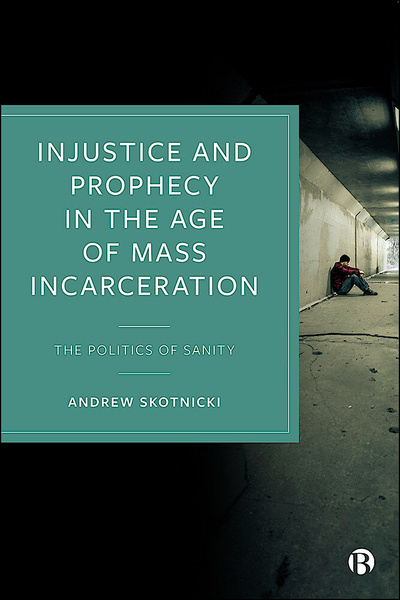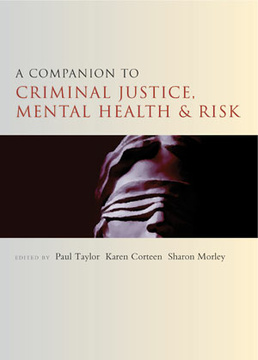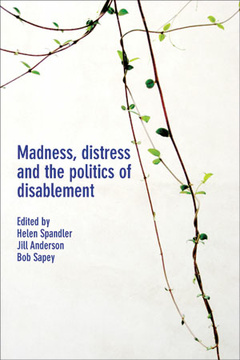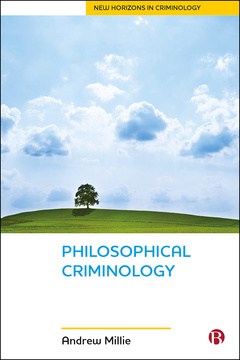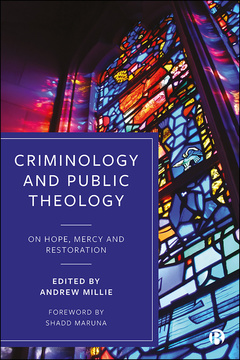Published
Jun 28, 2022Page count
182 pagesISBN
978-1529222210Dimensions
234 x 156 mmImprint
Bristol University PressPublished
Jun 28, 2022Page count
182 pagesISBN
978-1529222234Dimensions
234 x 156 mmImprint
Bristol University PressPublished
Jun 28, 2022Page count
182 pagesISBN
978-1529222234Dimensions
234 x 156 mmImprint
Bristol University PressWhy do the UK and US disproportionately incarcerate the mentally ill, frequently poor people of color? Via multiple re-framings of the question—theological, socioeconomic, and psychological— Andrew Skotnicki diagnoses a "persecution of the prophetic" at the heart of the contemporary criminal justice system.
This interdisciplinary book draws on criminology, theology, philosophy, sociology, psychology, and psychiatric history to consider the increasingly intractable issue of mass incarceration. Inviting a new, collaborative conversation on penal reform as a fundamentally "life-affirming" project, it defends the dignity of those diagnosed as mentally unstable and their capacity for spiritual transcendence.
"Oppress, fear, arrest, diagnose, incarcerate, repeat. With the loving fury of a prophet, Skotnicki thus exposes the hyper-incarcerating logic and liturgy of materialist, capitalist society and the complicity therein of the therapeutic/psychiatric community in weaponizing 'insanity' against prophetic dissent." Thomas Graff, University of Cambridge
“This unique book asks a simple question: why do we imprison so many people with mental illnesses? The answer is not simple and Skotnicki challenges conventional thinking by skilfully weaving together theology, philosophy, psychology, and contemporary penal practice. Skotnicki suggests they are incarcerated because they make us uncomfortable and may also be prophetic.” Andrew Millie, Edge Hill University
Andrew Skotnicki is Professor of Religious Studies at Manhattan College.
Introduction
1. Overview of the Problem of Mental Illness and Incarceration
2. How We Think About the Mentally Ill
3. Why Do We Punish the Mentally Ill?
4. A Profile of the "Mad" Prophet
5. Prophetic Types and the Penal Sanctuary
Conclusion








